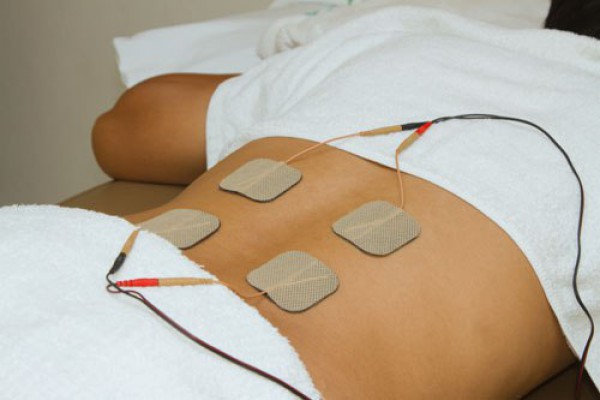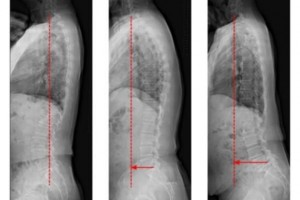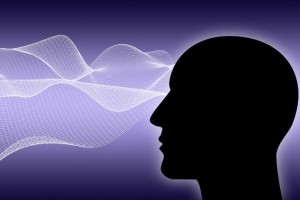Biofeedback EMG alternative therapy for chronic low back pain (the BEAT-pain study)
The aim of this study was to assess the feasibility and potential effectiveness of an 8-week virtual EMG biofeedback intervention for patients with CLBP.
Patients with CLBP completed validated baseline and post-intervention assessments of pain intensity and interference (Brief Pain Inventory), back pain-related disability (Oswestry Disability Index), anxiety and depression (Hospital Anxiety and Depression Scale). Participants underwent a series of Quantitative Sensory Testing (QST) procedures assessing responses to mechanical stimuli during two separate visits (baseline and post-intervention). In addition, we assessed, using surface EMG, the muscle tension in the trapezius, latissimus, and low back muscles at each session. Patients were randomized into the EMG biofeedback intervention or usual care group. Factorial analysis of variance including the interaction between treatment group and time was used to analyze the changes in pain intensity (primary outcome), pain interference, disability (secondary outcomes), anxiety, and depression (secondary outcomes).
Results: Compared to the treatment as usual comparison group, patients in the EMG biofeedback group reported lower pain intensity after completing the intervention (mean group difference 0.9, 95% CI -1.07, -0.32; p≤0.01). Compared to baseline, participants in the EMG biofeedback group demonstrated statistically significant reductions in pain interference (mean difference 1.3, 95% CI 0.42, 2.1; p≤0.01), disability (mean difference 4.32, 95% CI 1.2, 7.3; p≤0.01), and significant increases in low back pain thresholds (mean difference 0.5, 95% CI -0.87, -0.05; p≤0.01), assessed by QST. However, no significant group by time effects were observed for secondary outcomes: pain interference, disability, and low back pain thresholds. In addition, significant changes were observed in muscle tension for the trapezius, latissimus, and low back muscles in the EMG biofeedback group (p<0.001).
Conclusions: Virtual EMG biofeedback shows promise as a potential therapy for reducing pain and disability in individuals with chronic nonspecific low back pain.





Related Posts